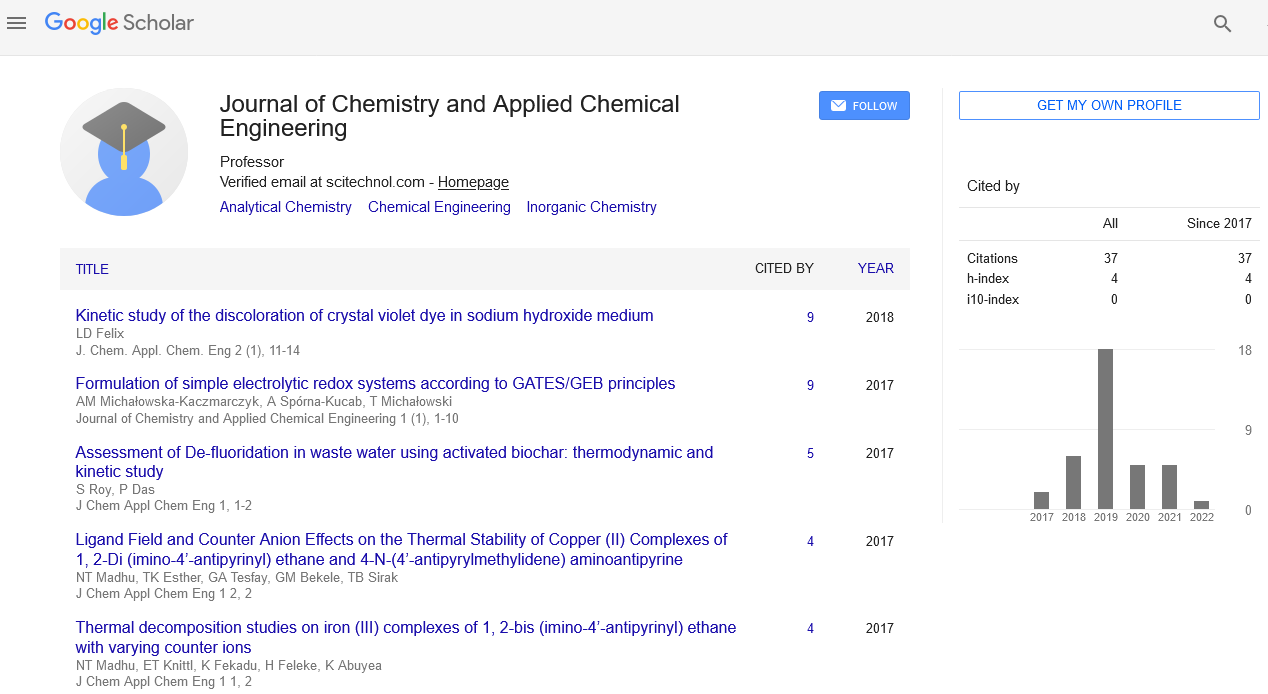Microfacies analysis and depositional environment of the chorgali formation in khanpur dam section, South Eastern Hazara Basin, Khyber Pakhtunkhwa, Pakistan
Asad Jamil and Mumtaz Ali Khan
Bahria University Islamabad, Pakistan
University of Peshawar, Pakistan
: J Chem Appl Chem Eng
Abstract
The chorgali formation of eocene age is composed of medium to thick bedded limestone with shale intercalations. The study area has been from one designated section that is the Khanpur Dam section. The Khanpur Dam section is situated in district Haripur, Khyber Pakhtunkhwa. Twenty rock samples were collected in the field, the microscopic study revealed four microfacies with fossil content, discrete texture and allochem types. The microfacies are Larger Foraminiferal mudstone to wackestone microfacies, bioclastic mudstone to wackestone microfacies, larger benthic foraminiferal wackestone microfacies and bioclastic wackestone microfacies. The faunal association and depositional texture indicate that the microfacies represent deposition in a low energy that is inner to middle shelf settings. The further analysis on the chorgali formation indicates that formation was subjected to numerous digenetic changes mostly showing the compaction, stylolitization, tectonically induced fracturing and calcite veins passing from marine diagenesis to meteoric diagenesis through burial diagenesis that leads towards the conclusion that the chorgali formation was deposited in shallow environment. The chorgali formation is one of the highly oil producing formation in Pakistan.
Biography
E-mail: asadjamil2000@gmail.com
 Spanish
Spanish  Chinese
Chinese  Russian
Russian  German
German  French
French  Japanese
Japanese  Portuguese
Portuguese  Hindi
Hindi 